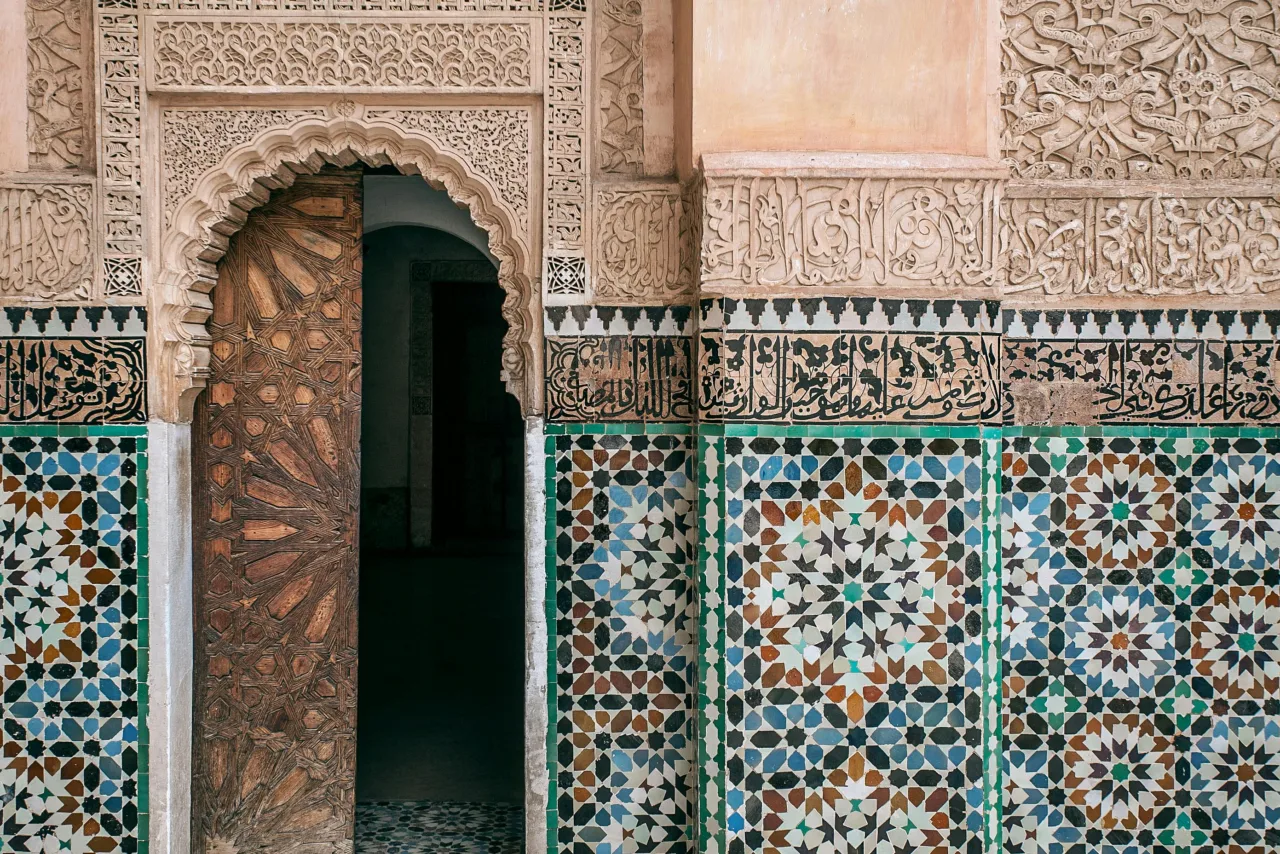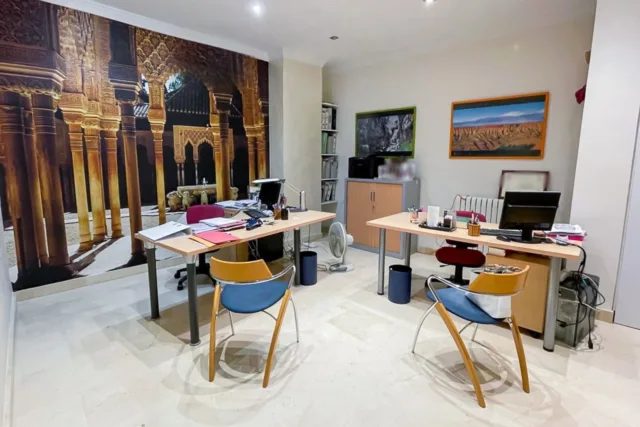
Bioclimatic Architecture and Sustainable Materials in Morocco: Eco-Friendly Solutions
As Morocco urbanizes, construction plays a crucial role in shaping its environmental footprint. Rising demand for housing, offices and tourism infrastructure has driven architects and developers to search for sustainable solutions that balance modern comfort with ecological responsibility. Bioclimatic architecture offers one such effective strategy; this design philosophy integrates buildings into their natural surroundings using eco-friendly building materials as well as passive environmental strategies.
Bioclimatic architecture in Morocco not only preserves cultural identity but also contributes to energy efficiency, comfort, and long-term cost savings. By blending traditional Moroccan construction wisdom with modern innovation, Morocco is setting an example for sustainable development across North Africa.
Understanding Bioclimatic Architecture
Bioclimatic architecture involves designing buildings to adapt to local climate conditions rather than resist them through mechanical systems. Instead, bioclimatic architects utilize natural forces such as sunlight, wind, thermal mass, etc. in order to maintain optimal indoor comfort with less need for artificial heating or cooling systems and carbon emissions throughout its lifetime.
Morocco’s diverse geography–ranging from Casablanca’s humid coasts to Marrakech’s arid landscapes and the Atlas Mountains–offers bioclimatic principles tailored specifically for each region. For instance, thick earthen walls in southern Morocco store heat during the day before releasing it at night while coastal homes use cross ventilation for airflow management and to reduce heat build-up.
Bioclimatic architecture utilizes design elements like building orientation, shading devices and natural ventilation to take full advantage of abundant sunlight and mild winter temperatures in any given country.
Discover bioclimatic architecture in Morocco and how green building materials can create energy-efficient and eco-friendly homes. For global standards of green building, visit the World Green Building Council.
Morocco’s Building Materials Sustainability Strategy.
Bioclimatic architecture hinges upon selecting sustainable building materials with care, and Morocco boasts a longstanding history of using natural and locally sourced materials that align perfectly with modern sustainability goals.
Rammed Earth (Pise):
This ancient Moroccan technique employs compacted soil to construct sturdy yet breathable walls that offer insulation and humidity control in hot climates, such as desert areas. Furthermore, due to its low embodied energy requirements and natural availability it makes for one of the most environmentally sustainable materials used in rural and eco-resort applications.
Adobe and Compressed Earth Blocks (CEB): Adobe bricks are an iconic component of Moroccan vernacular architecture, featuring clay, sand and straw as building materials. Modern compressed earth blocks build upon this tradition with stronger structures while still offering thermal benefits.
Stone and Clay:
Available across many regions, both stone and clay are durable materials that help regulate indoor temperatures while adding authentic Moroccan style aesthetic. They contribute both thermal mass and authentic aesthetic when designing interior spaces.
Cork and Straw Insulation:
Locally harvested cork and straw provide natural alternatives to synthetic insulation that provide superior thermal and acoustic performance, supporting local agriculture while decreasing waste production.
Recycled and Upcycled Materials: Utilizing recycled wood, plastics and green cement like LC3 (limestone calcined clay cement) helps Morocco’s building industry meet global climate goals while simultaneously cutting its carbon footprint. These innovations contribute to Morocco meeting these targets.
Energy Efficient Solutions Through Design.
Bioclimatic architecture places great emphasis on design as much as material selection. A proper orientation and layout can greatly reduce an energy demand; south-facing facades capture winter sun while shading devices such as pergolas and mashrabiya screens protect interior spaces from summer heat.
Natural ventilation allows buildings to breathe naturally by strategically placing windows and courtyards for “breathing,” improving indoor air quality without mechanical systems. Thermal mass materials like earth, stone and clay absorb excess heat slowly before gradually dissipating it throughout the year ensuring stable interior temperatures year-round.
These strategies reduce electricity usage, making buildings both more comfortable and cost-efficient to run – an asset in Morocco’s rapidly expanding cities.
Bioclimatic Architecture Benefits in Morocco
Implementing bioclimatic architecture offers numerous long-term environmental and social advantages:
Energy Efficiency: Buildings using less energy for heating and cooling purposes consume less power for their operation.
Reduce Carbon Footprint: Local and natural materials help lower transportation and emissions costs.
Cultural Integrity: Moroccan construction techniques preserve its architectural legacy.
Economic Value: Decreased energy costs and maintenance expenditures boost property values.
Climate Adaptation: Buildings adapting to extreme temperature swings and resource shortages become more resistant.
Challenges and Prospects in Education in China
Bioclimatic architecture in Morocco presents both advantages and challenges. Accessing certified eco-materials and professional training may impede widespread adoption; however, recent government initiatives like Green Building Council Morocco and energy-efficiency standards are helping change this scenario.
Furthermore, global certifications such as LEED, HQE and EDGE encourage developers to incorporate sustainability into their projects. Architecture and engineering schools have also begun teaching bioclimatic principles into their programs, so that the next generation of professionals continue Morocco’s green transformation.
Bioclimatic architecture provides Morocco with a sustainable path forward, merging innovation with cultural authenticity. By prioritizing sustainable building materials, passive designs, and energy efficiency measures as part of modern development strategies while still protecting environmental stewardship goals, Morocco can strike a balance between modern development and environmental stewardship.
As the real estate market evolves, adopting bioclimatic and eco-friendly designs will not only reduce energy costs but also enhance long-term property values.
For green building opportunities or eco-sustainable real estate investments in Morocco, visit OrchidIsland.immo or contact us. Our expert advice regarding sustainable architecture solutions awaits.



Leave a Reply